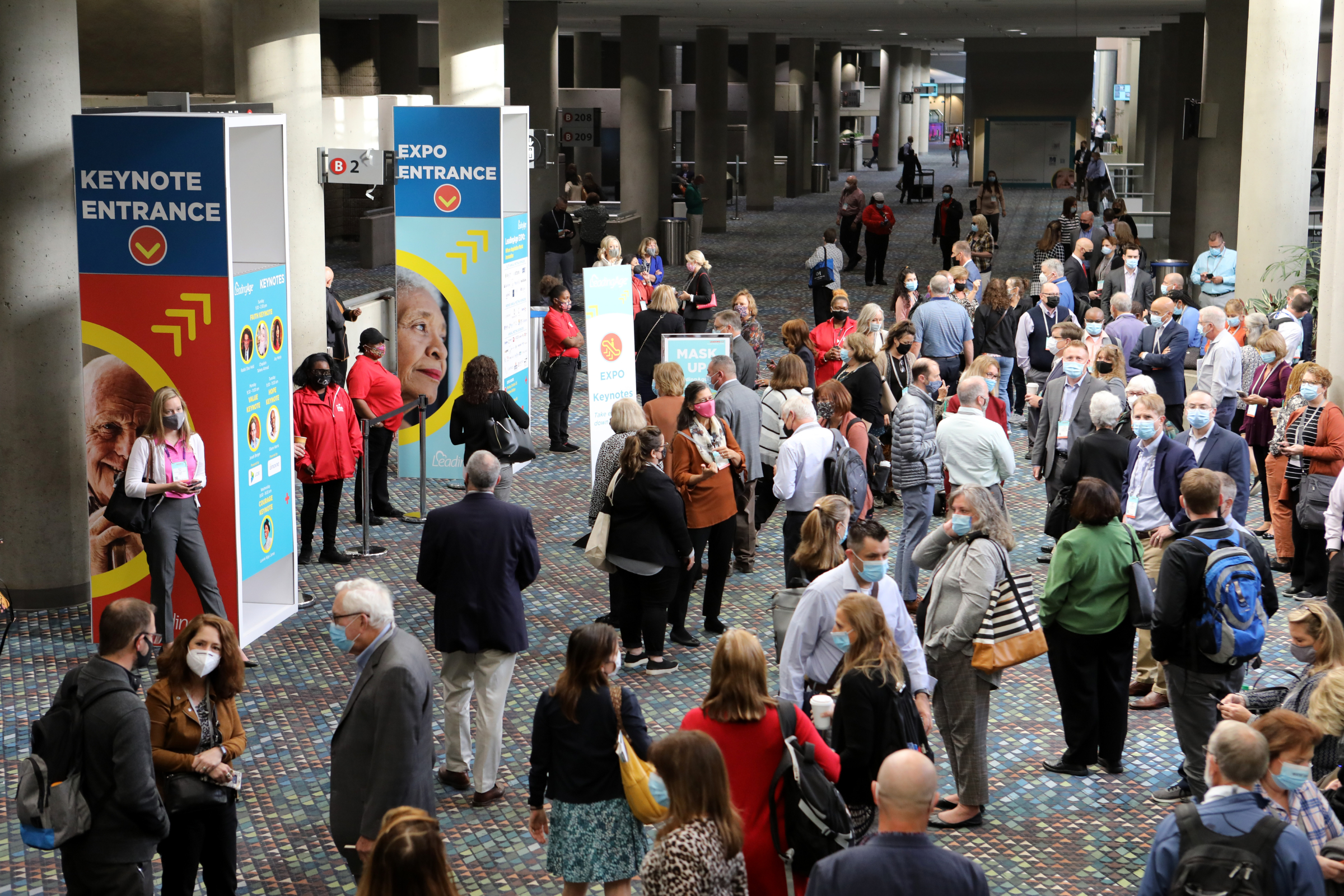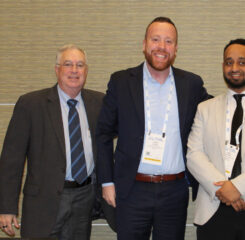Guidance Widens Use of State and Local Funds for Affordable Housing
On July 27, the Treasury Department released updated guidance on the use of American Rescue Plan funds to increase flexibility to use the ARP’s Coronavirus State and Local Fiscal Relief Funds to fully finance long-term affordable housing loans and to expand “presumptively eligible affordable housing uses” to further maximize the availability of SLFRF funds for affordable housing.
The ARP’s Coronavirus SLFRF program allocated $350 billion to state, local, and Tribal governments across the country to support their response to and recovery from the COVID-19 pandemic. The July 27 actions update Treasury’s SLFRF final rule, which was issued in January 2022. The January final ule made affordable housing an eligible use of SLFRF, but its structure made it difficult, and often impossible, to use SLFRF funds for Low Income Housing Tax Credit and other long-term housing development.
“New Treasury data shows that [the SLFRF resourcs] have yielded strong results: through March 31, 2022, over 600 state and local governments had budgeted $12.9 billion in SLFRF funds to meet housing needs and lower housing-related costs, including $4.2 billion for affordable housing development and preservation. Today’s updates build on this progress and are expected to help local officials fulfill and expand upon these commitments to boost the country’s supply of affordable housing and bring down costs for the American people over time,” Treasury said on July 27.
The July 27 updated guidance permits governments to use SLFRF funds to fully finance long-term affordable housing loans, including the principal of any such loans, subject to certain conditions. These changes will facilitate significant additional financing for affordable housing projects, including those that would be eligible for additional assistance under Treasury’s Low Income Housing Credit. LeadingAge supported the LIFELINE Act, which was introduced to direct Treasury to make the SLFRF work with long-term housing investments like the LIHTC.
Treasury’s guidelines for the use of SLFRFs have always noted the “presumptive use” of SLFRF funds with certain HUD programs. Treasury’s July 27 updates go further and lengthen the list of HUD programs “presumptively eligible” to include an expanded range of federal programs from multiple agencies, permitting more options for how states and local governments can presumptively use funds for affordable housing.
Treasury also clarified that SLFRF funds may be used to finance the development, repair, or operation of any affordable rental housing unit that provides long-term affordability of 20 years or more to households at or below 65% of the local area median income.
Also on July 27, HUD and Treasury jointly released a “How-To Guide” to help governments combine ARP funds with other sources of federal funding. The How-To Guide provides examples of how these flexibilities can help facilitate affordable housing deals using multiple sources of federal funding by combining eligibility for using SLFRF with existing sources of federal financing.
For example, the How-To Guide says SLFRF funds can be used with this newly expanded list of presumptively eligible programs: National Housing Trust Fund (HTF); HOME Investment Partnerships Program (HOME); Low-Income Housing Credit (LIHTC); Public Housing Capital Fund; Section 202 Supportive Housing for the Elderly Program; Section 811 Supportive Housing for Persons with Disabilities Program; Project-Based Rental Assistance; and the Multifamily Preservation & Revitalization Program.
The Guide also offers RAD developments as able to use SLFRF fund to fill financing gaps (the Guide references RAD public housing conversions but only as an example, the Guide’s list is not exhaustive but rather offers examples).
“The previous guidance allowed the use of SLFRF to finance the “cost of the loan” but not the full principal amount, forcing state and local governments to find other resources. The new guidance, effective immediately, allows states and localities to use SLFRF to make long-term loans to affordable housing developments, as long as the units are targeted to tenants earning 65% of area median income or lower, for a minimum of 20 years. In addition, to take advantage of this new flexibility with the Housing Credit, developments are required to waive their right to a qualified contract,” the Rental Housing ACTION Campaign said in a July 27 statement on Treasury’s updates. LeadingAge is on the steering committee of the Rental Housing ACTION Campaign.
LeadingAge welcomes the updated guidance from Treasury, which will benefit organizations developing and preserving affordable senior housing, including those with new Section 202 awards and in RAD for PRAC conversion transactions that have faced significant and ever-increasing costs for construction materials, labor, and, most recently, financing.
The new guidance is in the Final Rule FAQ updated questions 2.14 and 4.9 here.

Most Recommended
October 15, 2025
 Shutdown Week Three: Impact of Ongoing Closure on Affordable Housing
Shutdown Week Three: Impact of Ongoing Closure on Affordable Housing
December 10, 2025
Fiscal Year (FY) Funding 2026
October 07, 2025
Immigrant Workforce Matching Program Brings Workforce Relief
Recently Added
December 15, 2025
CAST Members in the News
December 15, 2025



